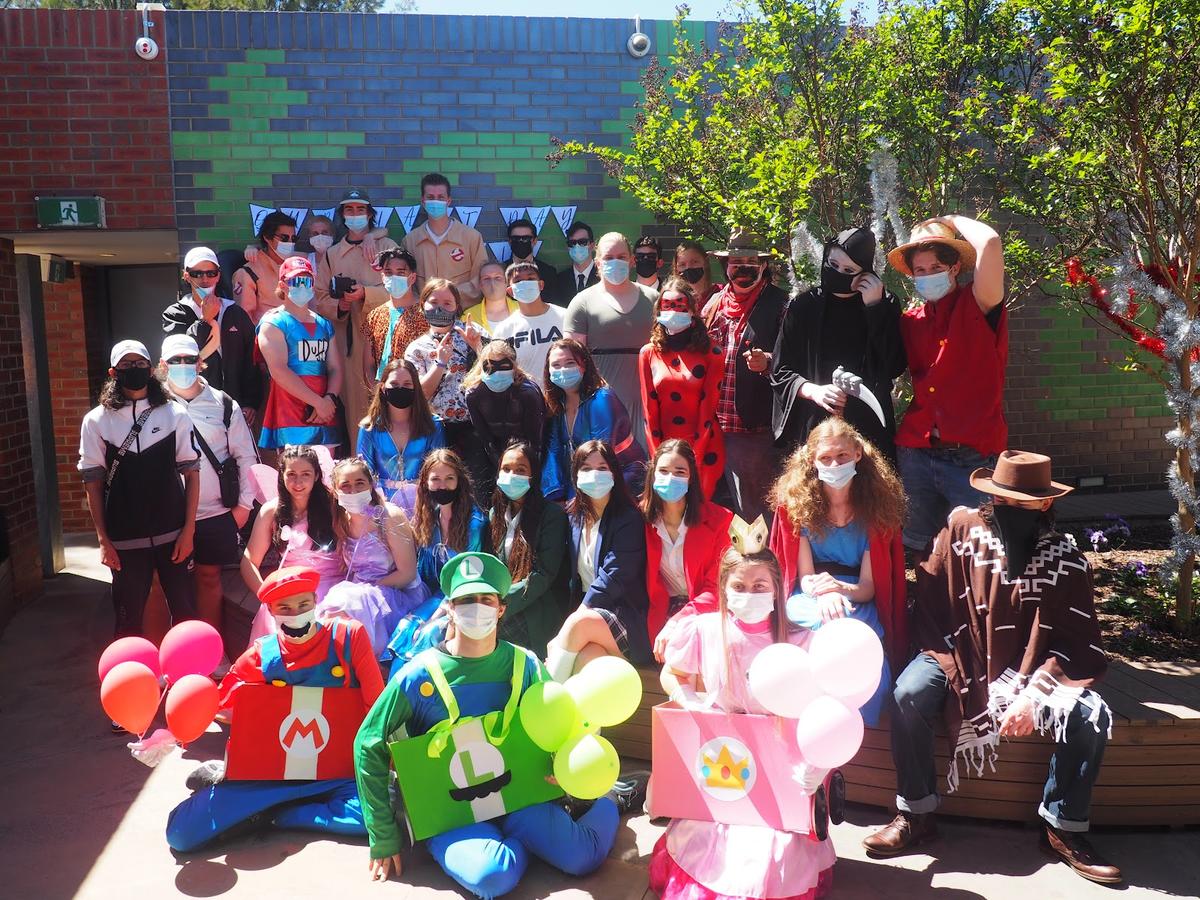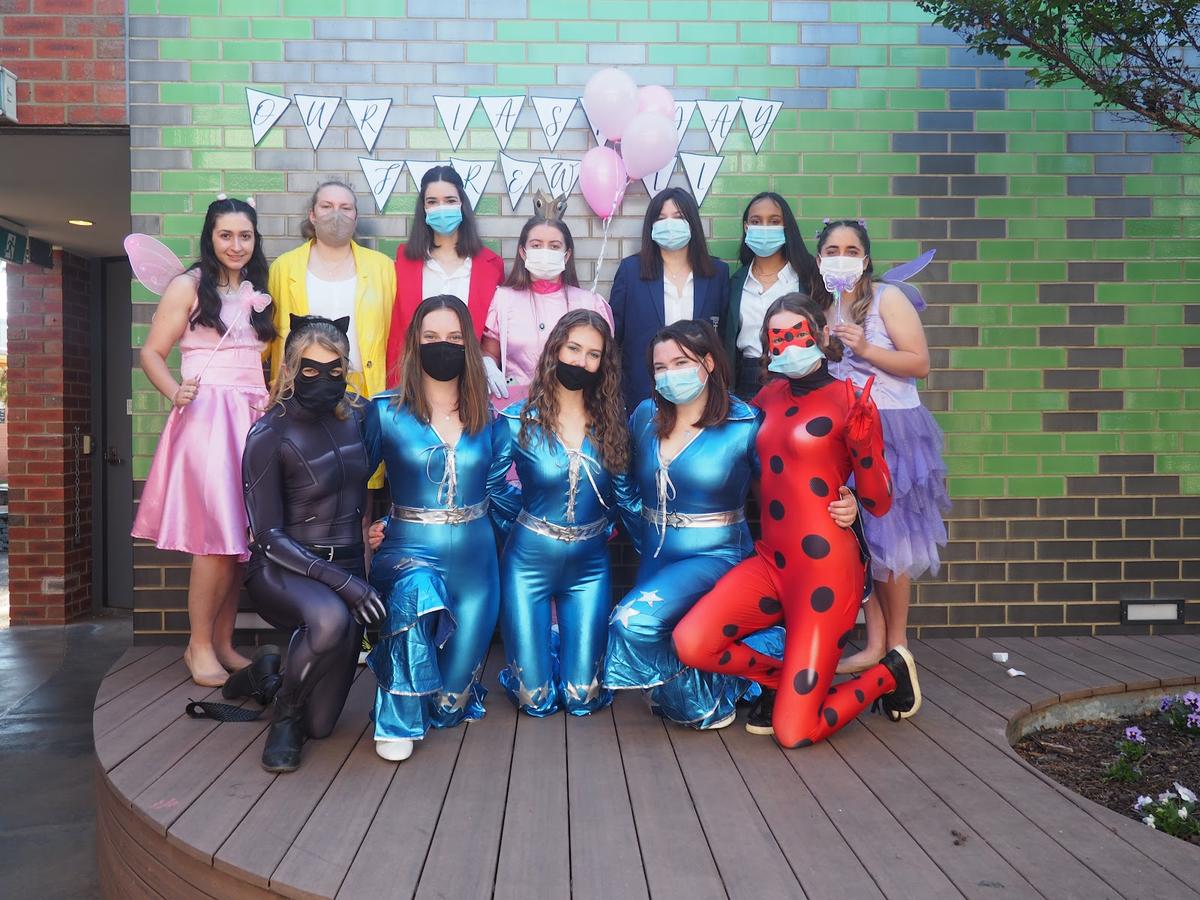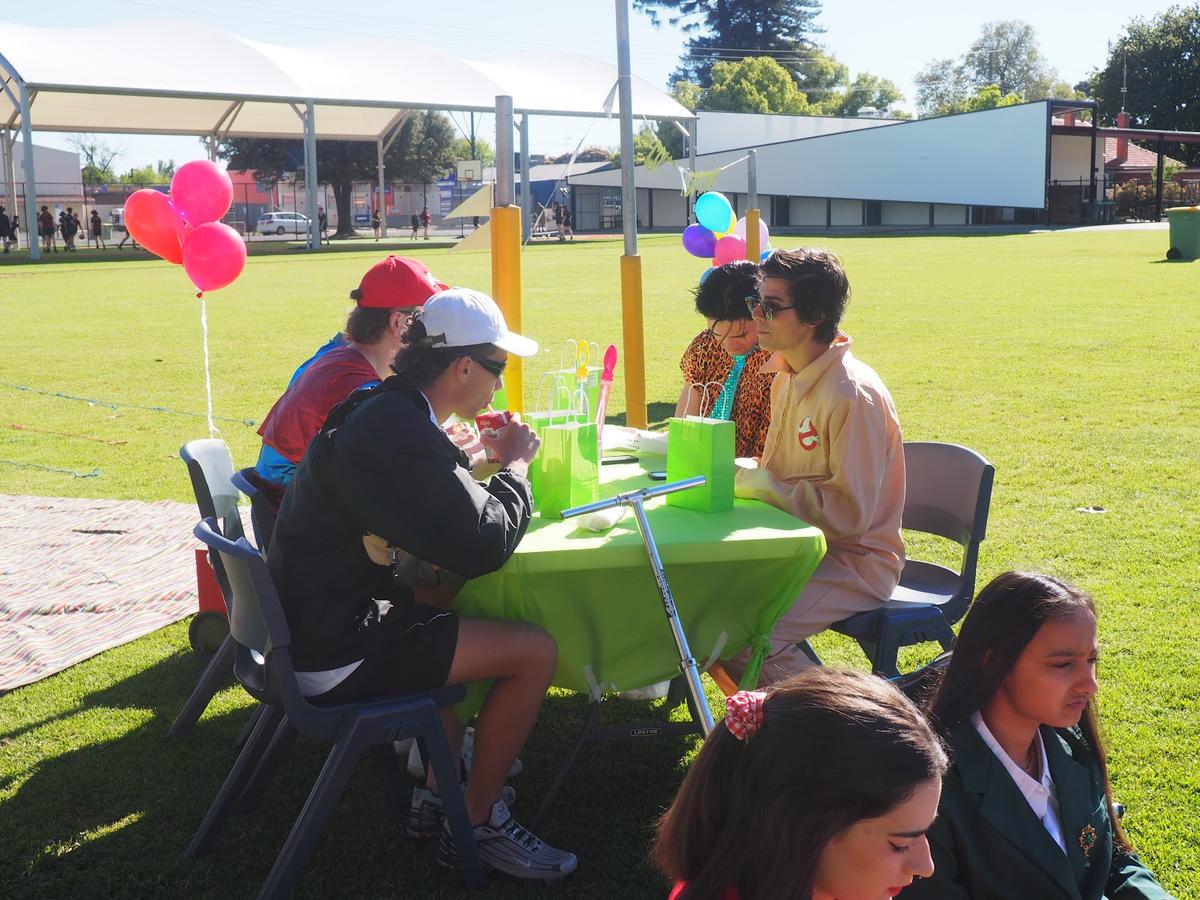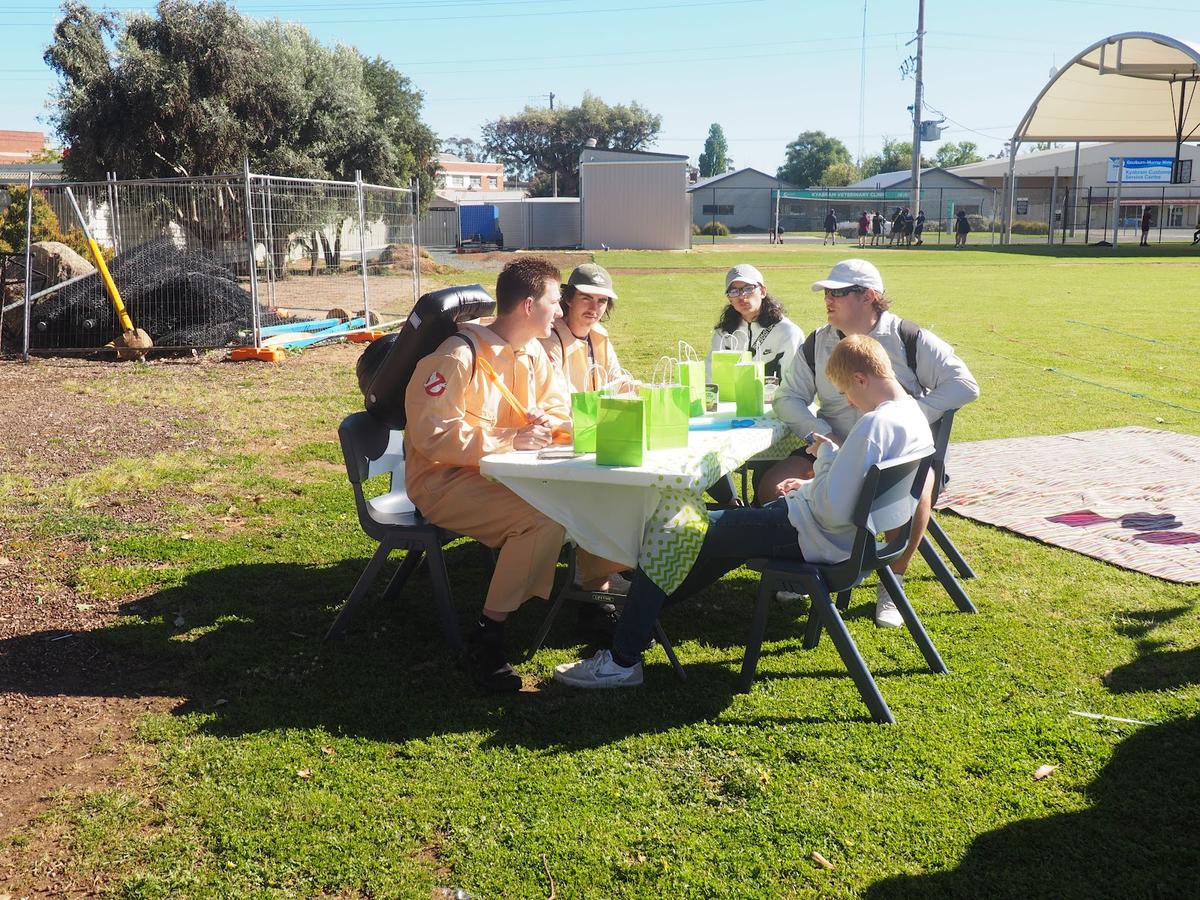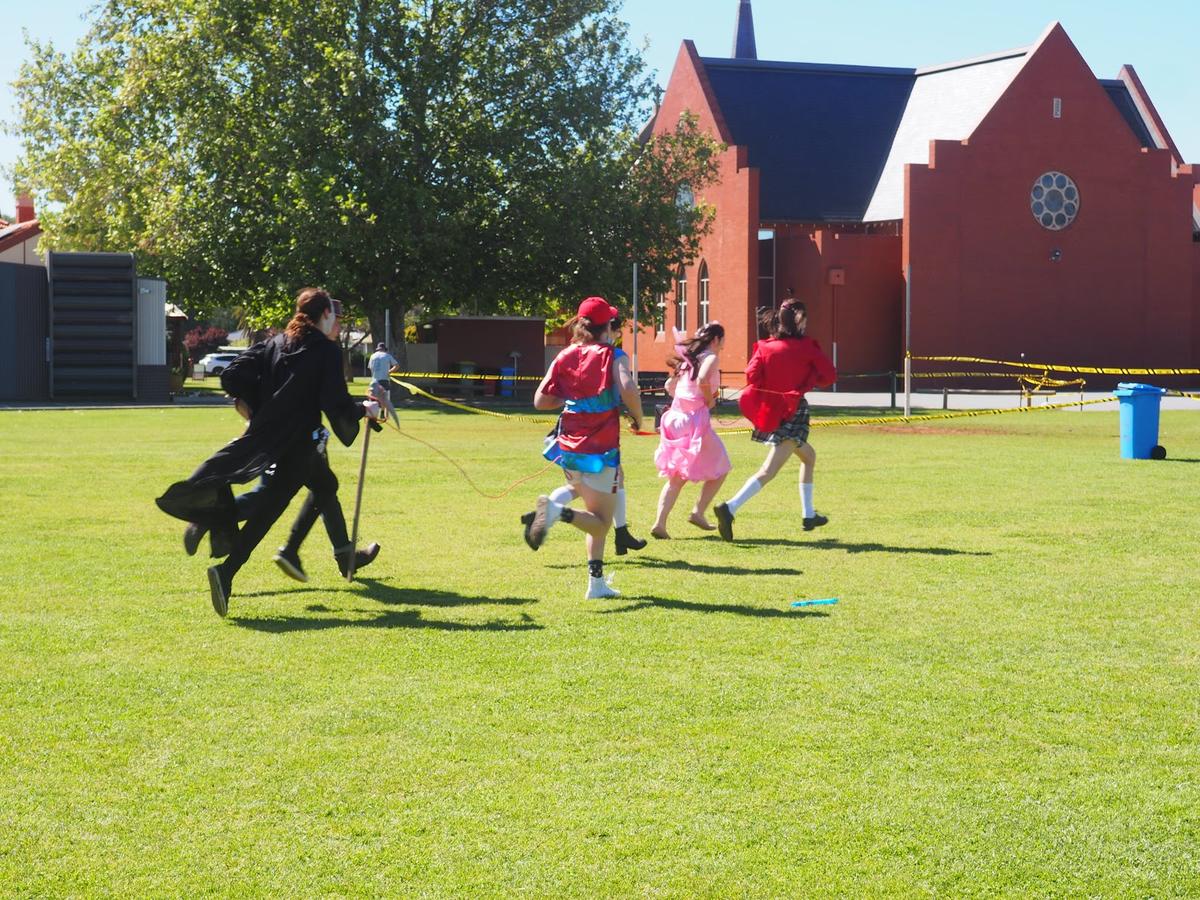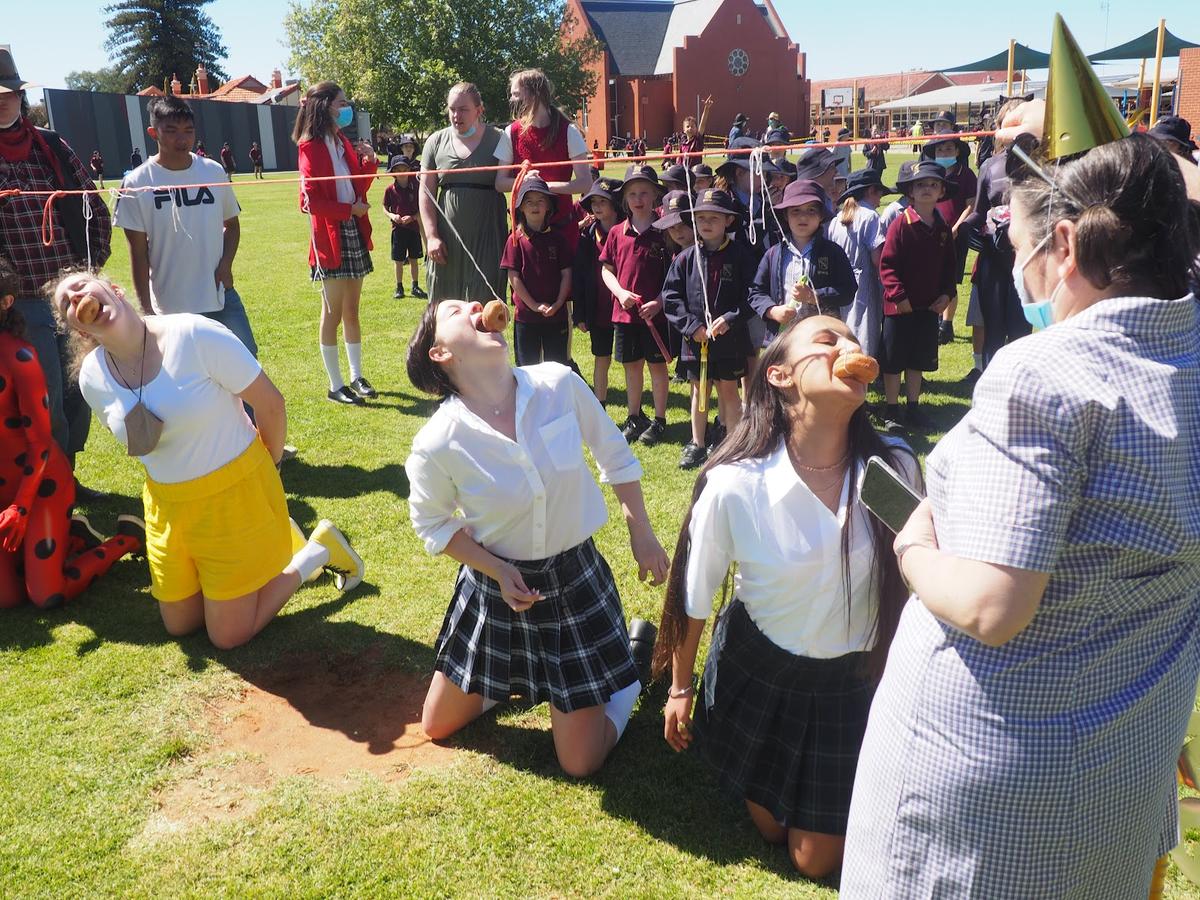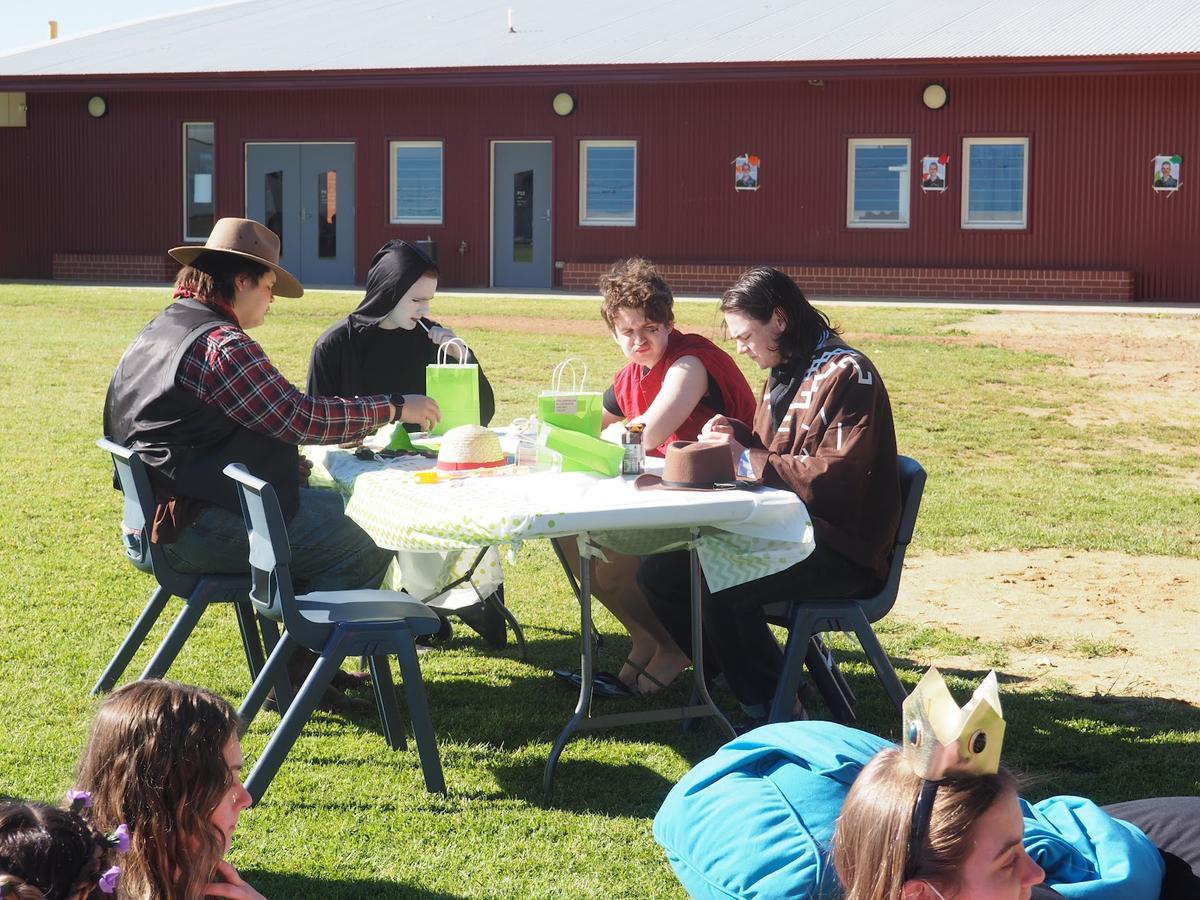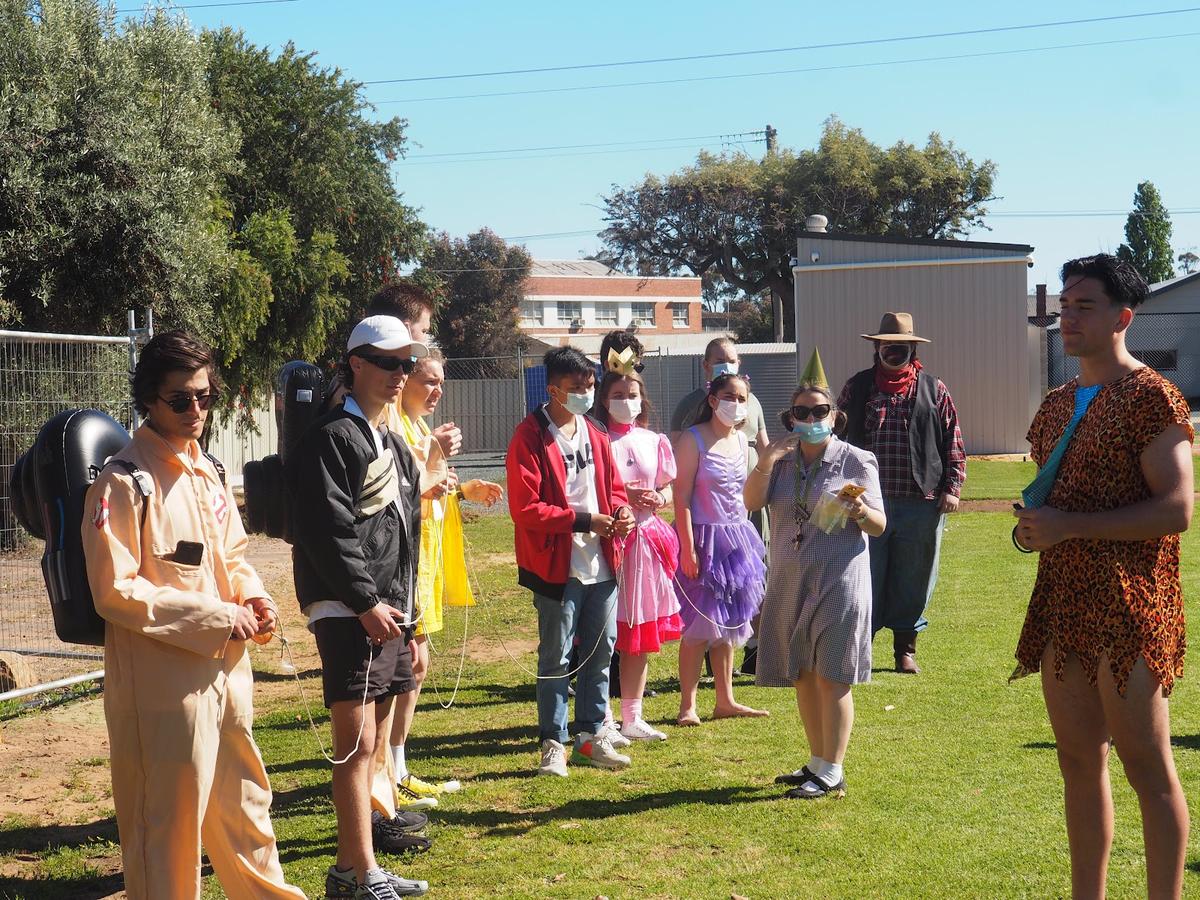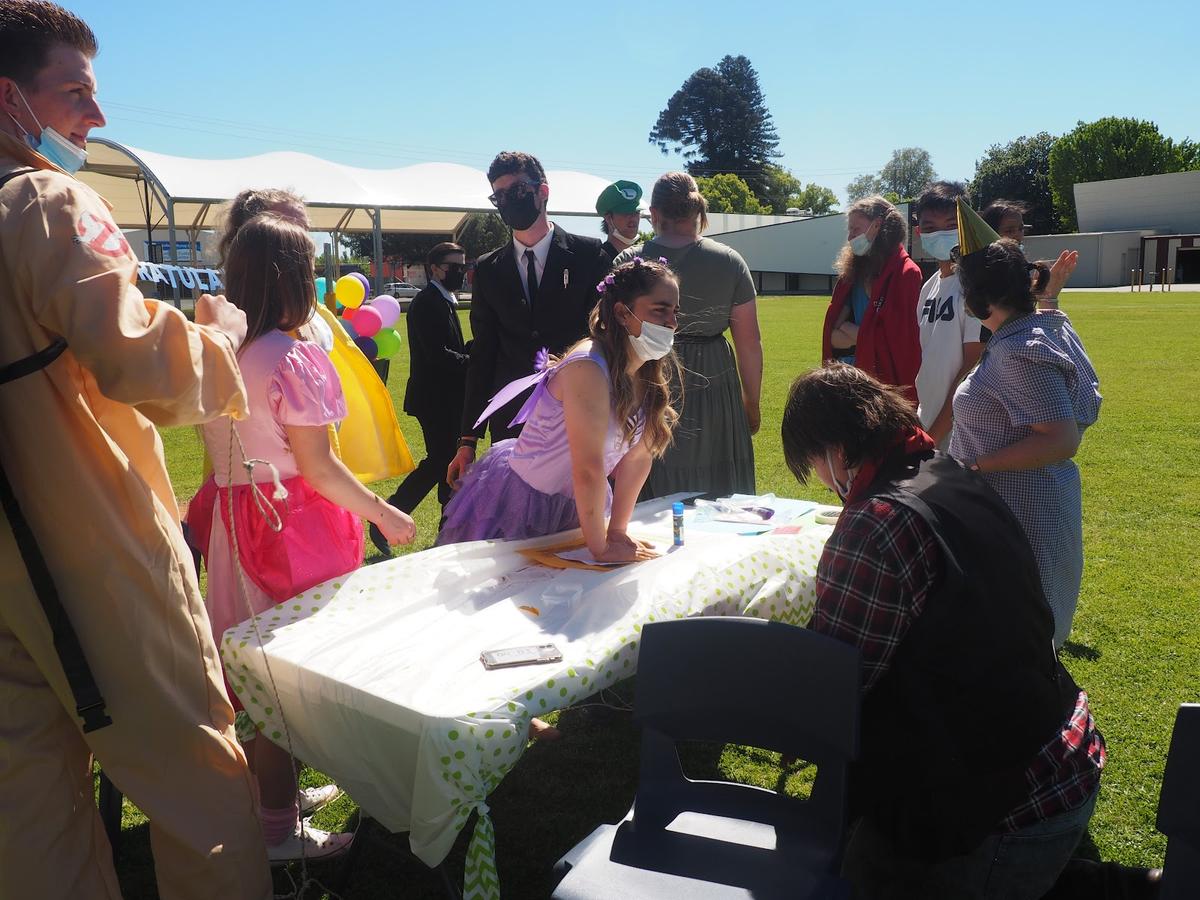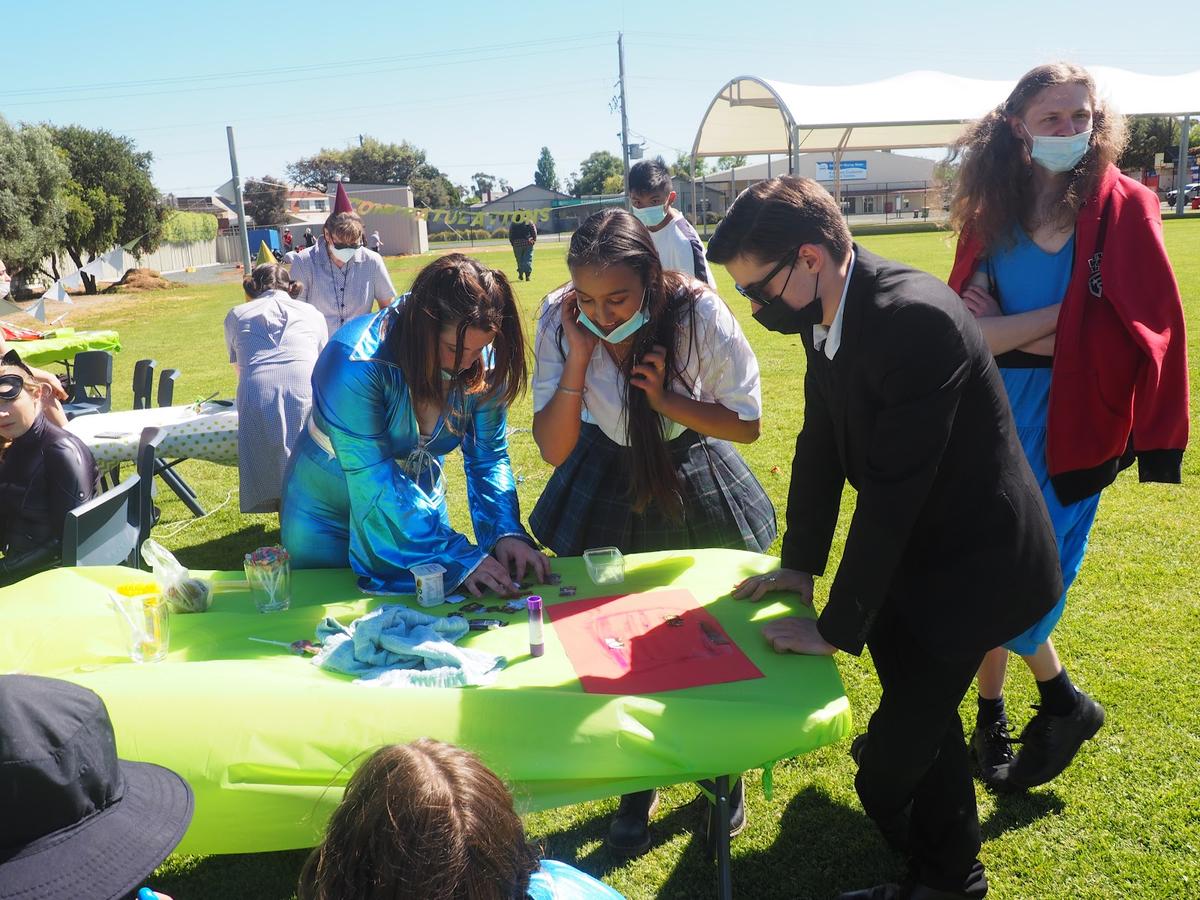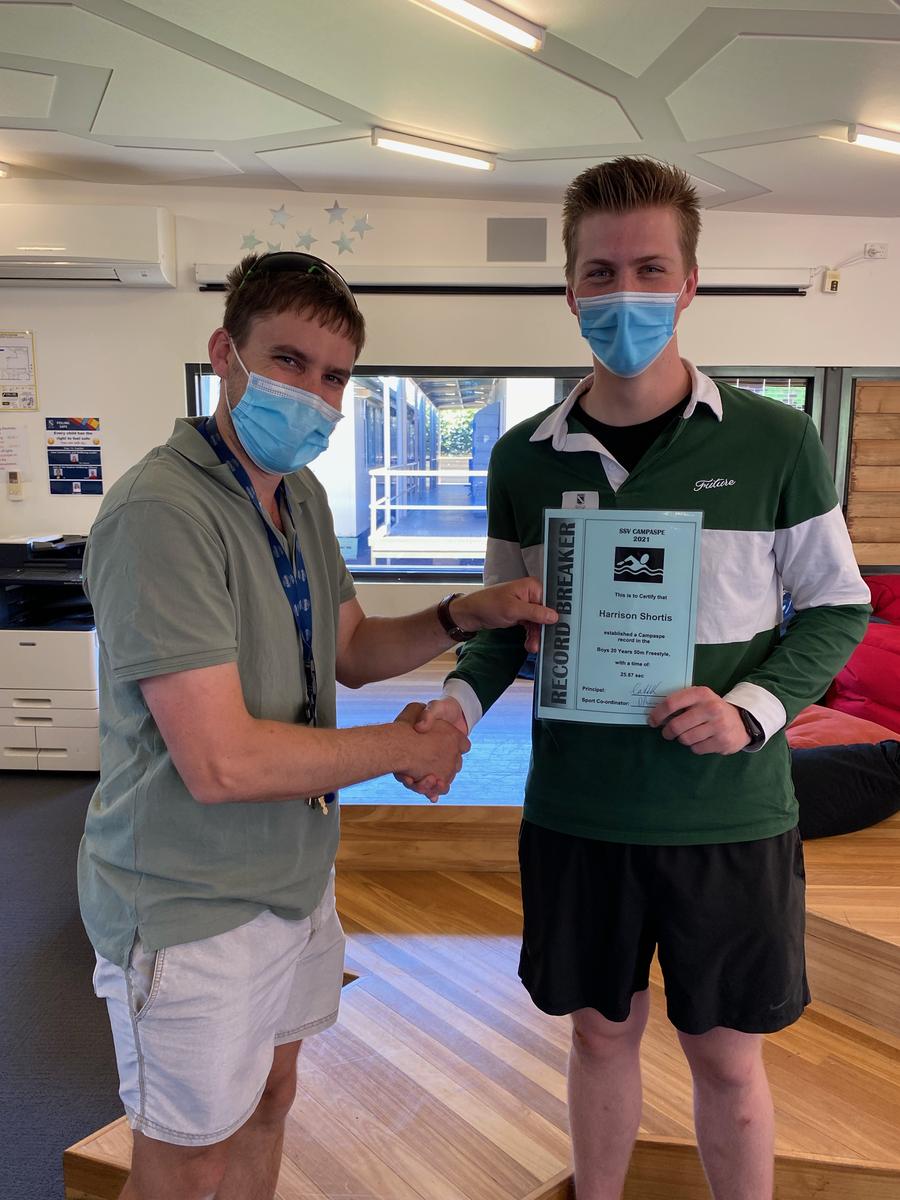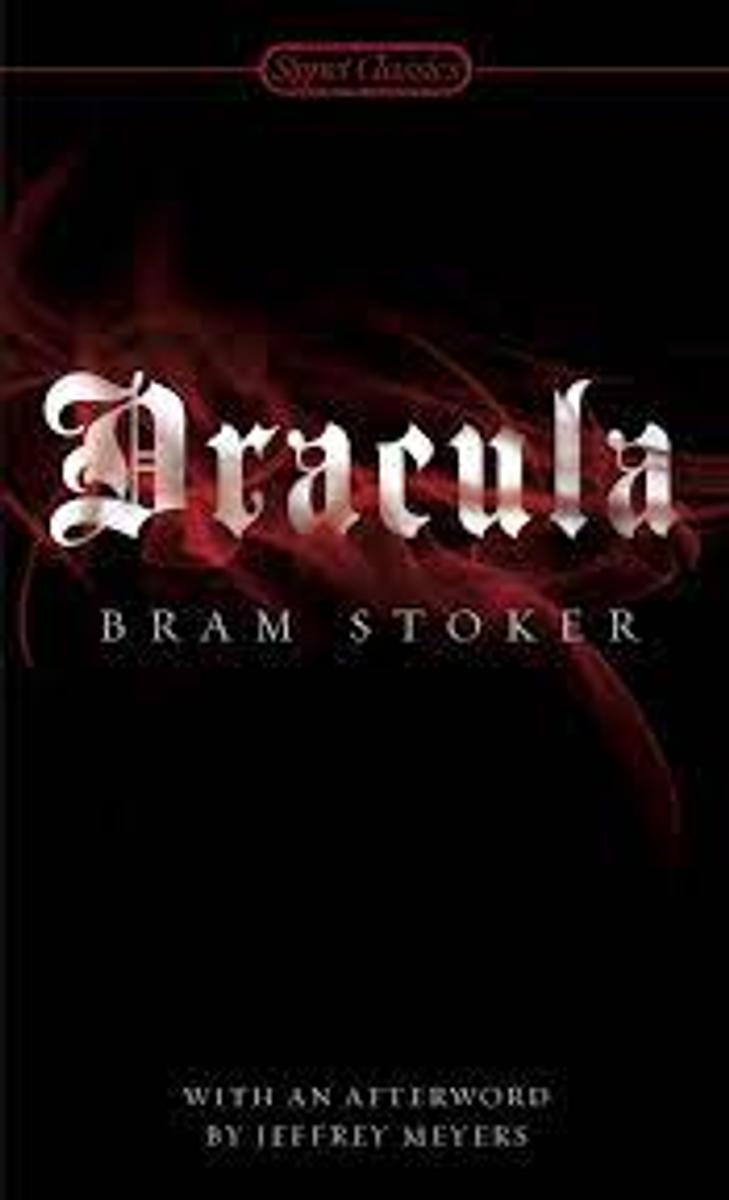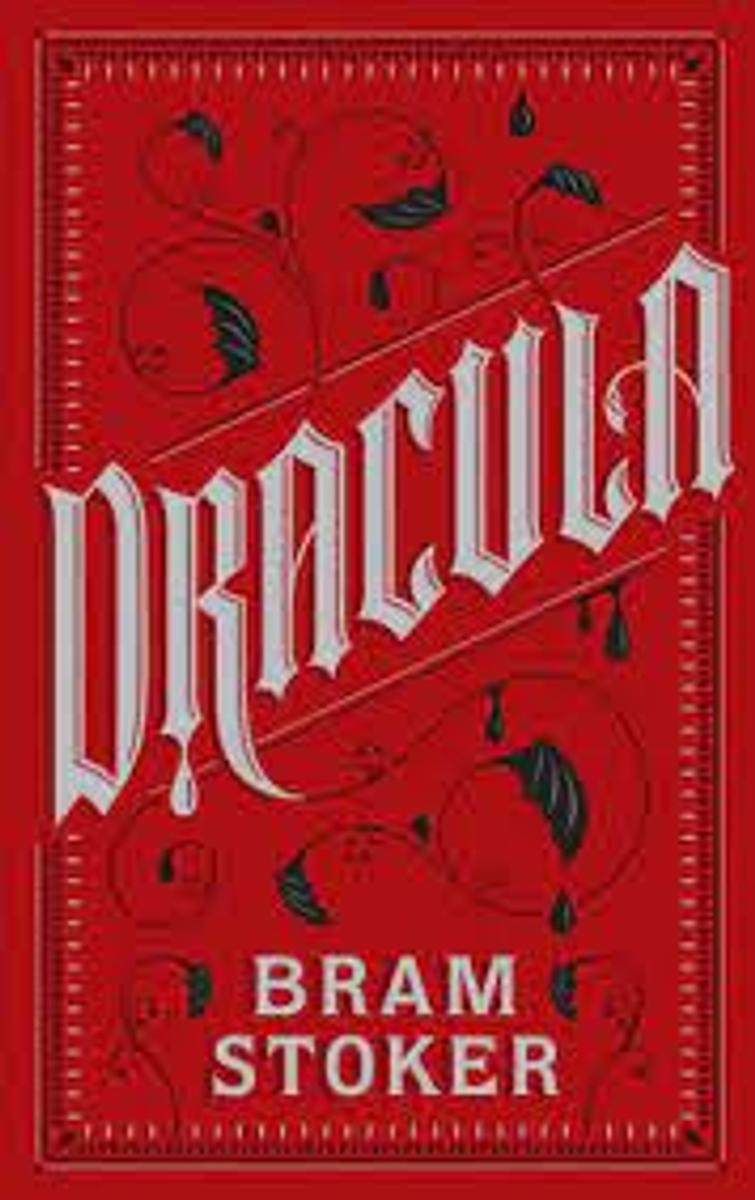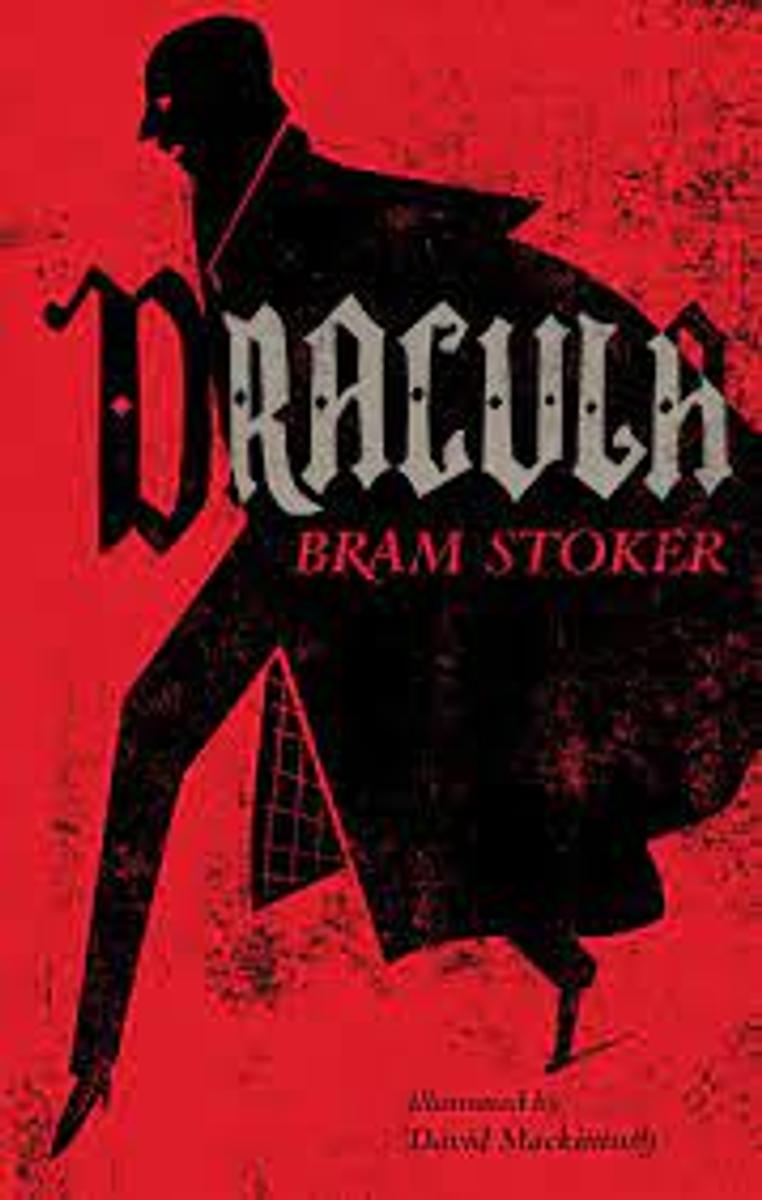9-12 Community News
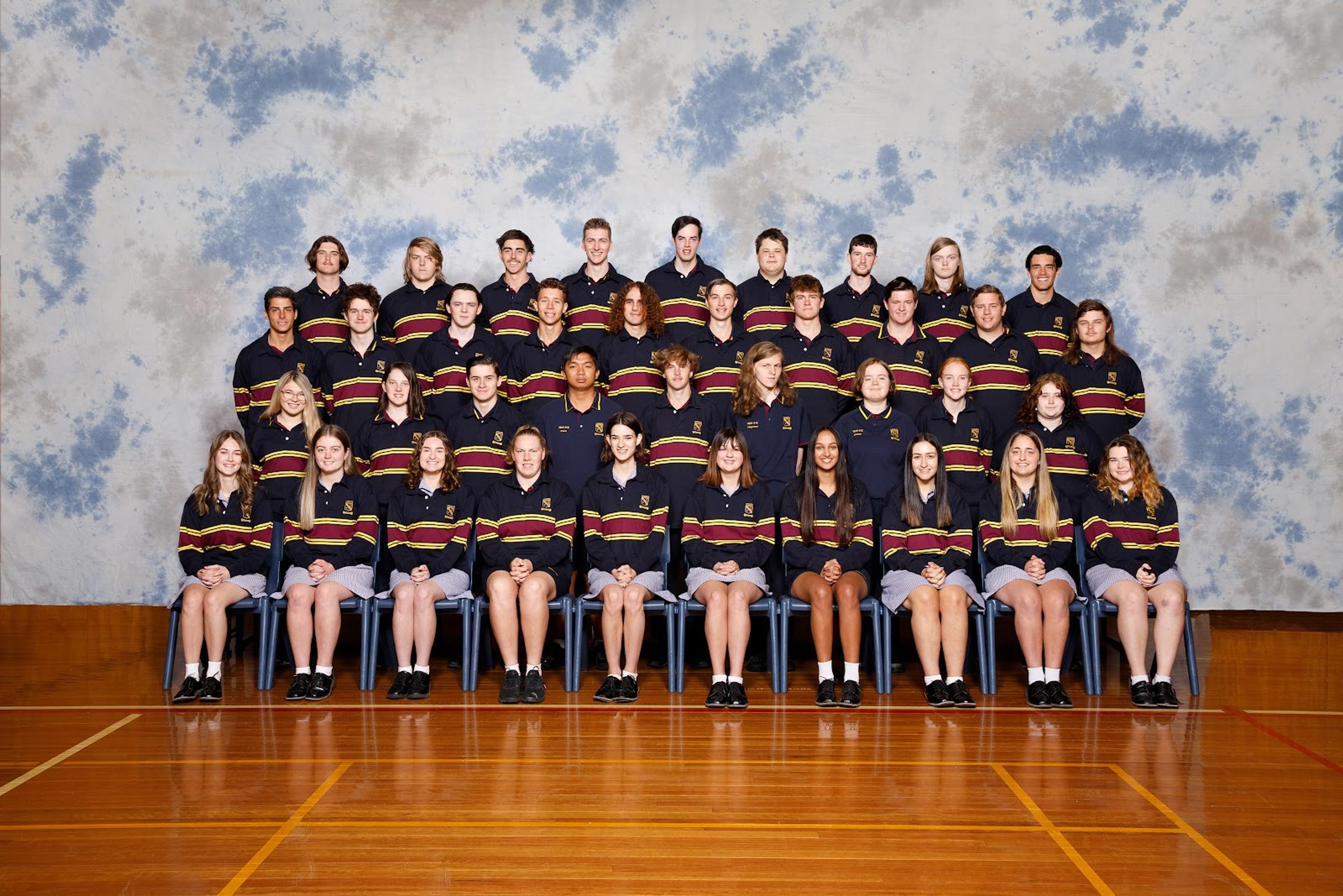
YEAR 12 CELEBRATION DAY 2021
Wednesday was a significant day in the St Augustine’s calendar. After 13 years of schooling, the Year 12 students farewelled the school, with many smiles and a few tears.
As with all things over the last two years, we had to find new ways to celebrate our graduating Year 12s. However, some traditions were maintained.
Staff and students enjoyed the parade of colourful costumes, including Mario Kart characters, Fairies, the cast of ‘Heathers’, various cartoon characters, Donna and the Dynamos (an ABBA tribute) and our very own Ghostbusters.
Undeterred by the limitations imposed by Covid-19, the students and staff started the day with a breakfast picnic on the lawn, followed by games. The final ‘Amazing Race’ around the school, with the Year 12s solving the clues and chasing memories, was a highlight.
Our Year 12s were presented with a bookmark lovingly created by the Foundation students along with a gift bag and message of support and congratulations from the Shire of Campaspe Community, reminding them of how far they have come in their 13 years of schooling and well wishes for their future endeavours.
The final TA session saw many smiles and tears as memories were shared over the ‘virtual’ liturgy and the nostalgic video clips put together by the students (and some very amusing responses to some ‘hard-hitting’ questions from Ms Morrissey and Mrs Downie) showed how much the students have grown over the years and what they may look like in the future. With a final sharing of gifts and the Year 12s leaving their words of wisdom for next year’s group to ‘follow in their footsteps’, the Year 12s of 2021 exited the Tolle Lege for the last time, through a guard of honour, and with the best wishes of the entire St Augustine’s community going with them. The day was a credit to the students and a memorable celebration of the 2021 Year 12's time at St Augustine’s.
After their final day, some of the Year 12s then set their sights on their final exams, which began on Wednesday with English, and will continue for the next three weeks. Others have already taken the next step into their careers. We wish all of our Year 12s of 2021 the best as they pursue their chosen pathways.
While we have seen the end of one group’s journey at St Augustine’s, others are continuing. In the coming weeks, our Years 10 and 11 students will have the opportunity to attend onsite seminars with the Success Integrated Group, who will be talking to our students about setting their goals for future pathways, building their study skills and leadership qualities.
With the continued lifting of restrictions, students in the 9/10 Partnerships for the Future Program can look forward to building their Outdoor Ed and Acrobatic skills in the upcoming weeks. Students in Year 10B and the Partnerships program can also look forward to opportunities to engage in work experience as the term comes to an end.
Years 10 and 11 students’ attention will now be turning to the end of year examination period, which commences on November 22nd and continues through to November 30th. The exam timetable will be shared with students in the coming days.
Course and subject selection conversations for Years 10 and 11 students, with Mrs Anderson, are underway and will continue through the next two weeks.
Year 9 students have submitted their Electives and VCE Fast Track or VET choices for next year.
Students who have elected to do a VET program will receive information from the VET provider in relation to their courses. Any questions around VET programs can be directed to Mrs Langley.
Students who have elected to do VCE Fast Track subjects will also meet with Mrs Darling (VCE Co-ordinator) in the coming weeks.
Our Early Commencement Program (ECP) will commence on December 2nd. In preparation for this, booklists and second hand book sales details will be made available to students and families in the coming days.
This week, Mr Hill had the pleasure or presenting Harrison Shortis with a certificate, recognising his achievements in the pool.
Harry set a new record at the Campaspe Regional finals in the Boys 20 years 50m Freestyle with a time of 28.57 seconds.
Congratulations Harry.
Michelle Downie Brad Downie
9-12 Community Leader 9-12 Community Leader
Wellbeing & Community Student Learning and Professional Practice
Year 11 Literature
Essay by Tamazin Sacco
Question: Bram Stoker explores the notion of good vs evil and challenges the representation of women in the novel, “Dracula” (1897)
The gothic horror novel, ‘Dracula’ written by Bram Stoker (1897), explores the vast concept of good verses evil whilst challenging the representation of women throughout the time period of the 1890s. The narrative demonstrates a wide variety of characters, each displaying different qualities that equally contributes to the development of the storyline. Stoker reveals the belief of good vs evil within the narrative by exhibiting specific personalities to portray these aspects, as well as additional characters that contradict the postulation. Incongruously, Stoker utilises the depiction of the quintessential ‘Victorian’ woman of the late 1800s is confronted throughout the text with the undertakings of a strong female protagonist.
Moreover, Stoker uses the conceptualisation of good vs evil is reinforced with the inclusion of powerful protagonists and antagonists within the novel. The foremost evil entity is the undead, Dracula, whom uses his manipulative intensities to coerce the vulnerable and weaken them at his touch to consume their blood. By feeding off of weakened individuals, he leaves his mark in their necks, for them to eventually transform into another evil being, a vampire and join his ‘cult.’ The devouring of blood revitalises Dracula, giving him life and youth, as well as Stoker symbolising the ideation of an anti-christ figure, counteracting the religious beliefs of the time. Furthermore, in order to widen his vampire cult, Dracula travels into different countries, taking with him preserved boxes of ‘sacred earth,’ in which enables him, and his followers to rest without their usual coffin bedding, “as their hideous bodies could only rest in sacred earth,” (Chapter 22, Page 303.) Contrastingly, Stoker includes determine protagonists express the impression of ‘good’ throughout their kind tendencies and as they set out on an expedition of defeating the undead. Within the narrative, the personalities interconnect with each other and aids to overcome this newly discovered wrath of evil now present in their lives. Dr Seward and Professor Van Helsing utilise their medical expertise as they assist individuals who had fallen ill, and leading themselves as well as their group of peers through a passage that potentially saves the world. Additionally, Stoker illustrates each character risks their lives for one another and to fight against this sinful entity, exhibiting devotion and morality to the task. While in quest of the conquering of Dracula, Quincey Morris gets his life taken, dying a hero and displaying great acts of faithfulness to his community and peers.
Dissimilarly, throughout the novel, Stoker expresses aspects that correlate between the notions of good vs evil. A patient of Dr Seward’s insane asylum, Renfield, is presumably in awe of immortality, consuming lives and blood, but is commonly viewed as a madman, “for the purpose of strengthening my vital powers by the assimilation with my own body of his life,” “for the blood is the life,” (Chapter 18, Page 240.) As the narrative progressed, Renfield gains a peculiar connection to Mina, a female protagonist, who becomes endangered by Dracula, and warns her to leave before she becomes prey. Subsequently, Renfield sacrifices his life for Mina, as Dracula felt betrayed by his actions. Furthermore, Lucy, the best friend of Mina, is displayed as very kind and loveable, but becomes vulnerable to Dracula’s uncleanliness while sleepwalking. The ‘in-between’ hypnosis is similar to an undead state, which is alike to Mina’s work with Van Helsing as they viewed Dracula’s whereabouts. Stoker introduces Lucy’s sleepwalking as her not waking and not sleeping, therefore allowing Dracula to find her whereabouts. She displays nothing but kindness and gratitude towards Dr Seward and Van Helsing, “I am very, very happy, and I don’t know what I have done to deserve it,” (Chapter 5, Page 69,) as they treat her and her illness. Additionally, Lucy passes away, where she becomes an undead entity of Dracula and gets killed by her husband, to rid her of her impurities.
Distinctively, Stoker utilises the representation of women throughout the novel as multiple outlooks. Firstly, Mina demonstrates qualities of loyalty, innocence and clarity, as she helps the group of men with transcripts and journals to document their individual experiences with Dracula, additionally letting Van Helsing hypnotise her to be knowledgeable of Dracula’s whereabouts, which evidently correlates her to being an ideal ‘Victorian woman’ for the 1880’s. Lucy, comparatively, displays similar characteristics to her friend, but upholds contrasting innocence, as she is perceived as more of a sexual being, which for the time, is considered shameful and wrong for a woman. Furthermore, Stoker links the three female vampires found in Dracula’s castle as being irresistible, hyper-sexual and overly seductive, “there was a deliberate voluptuousness which was both thrilling and repulsive, as she arched her neck, she actually liked her lips like an animal,” (Chapter 3, Page 46,) which breaks the stereotypical picturesqueness of females as an entity as well as casting an evil tone on their actions.
Furthermore, ‘Dracula’ manifests the abstraction of good vs evil as well as the challenges of the depiction of women within the 1880’s throughout the novel. Respective characters display a diversity of personalities that contribute to the narrative as a whole and the termination of Dracula and his cult. The concept of good vs evil is communicated within a characteristic of every person that Stoker displayed throughout ‘Dracula.’ Additionally, the ideation of the Victorian woman in the 1880’s was expressed contrastingly by Stoker, as he correlated seductive females with negativity and evilness and those who were ‘ideal’ as innocent and pure.

